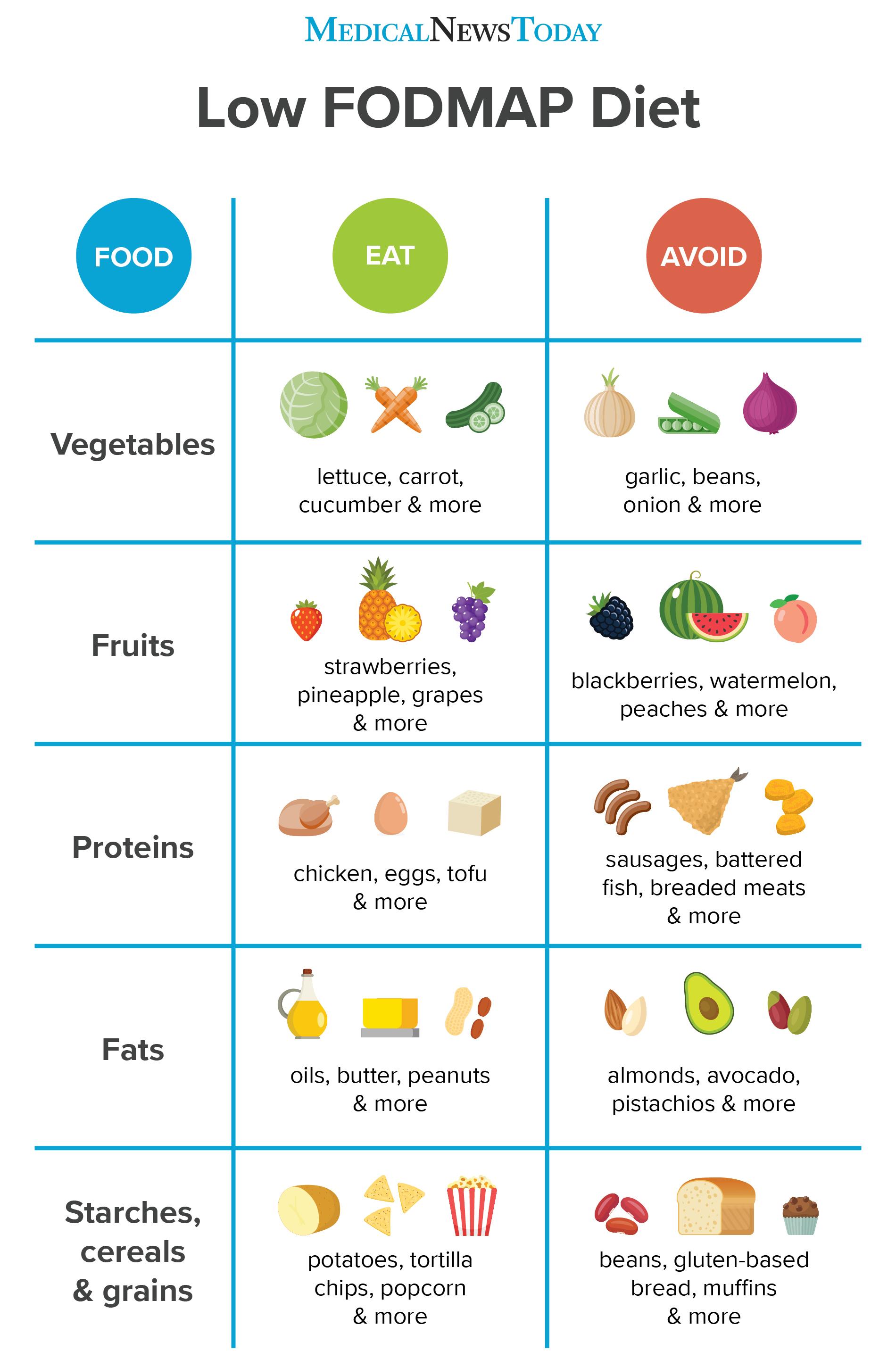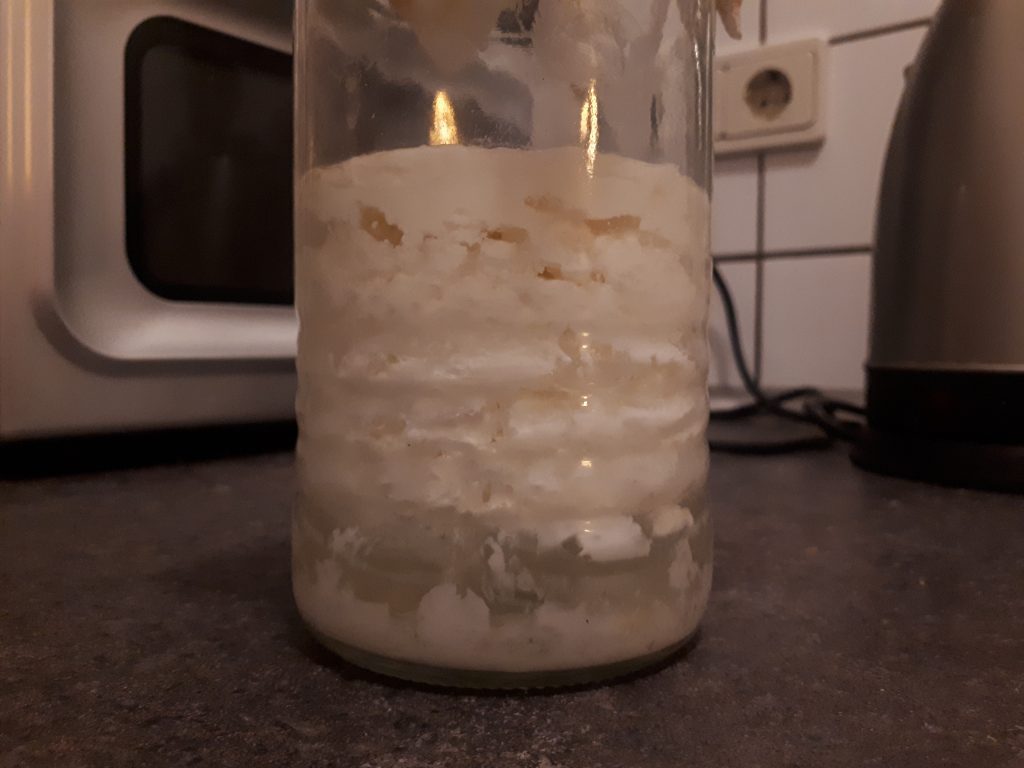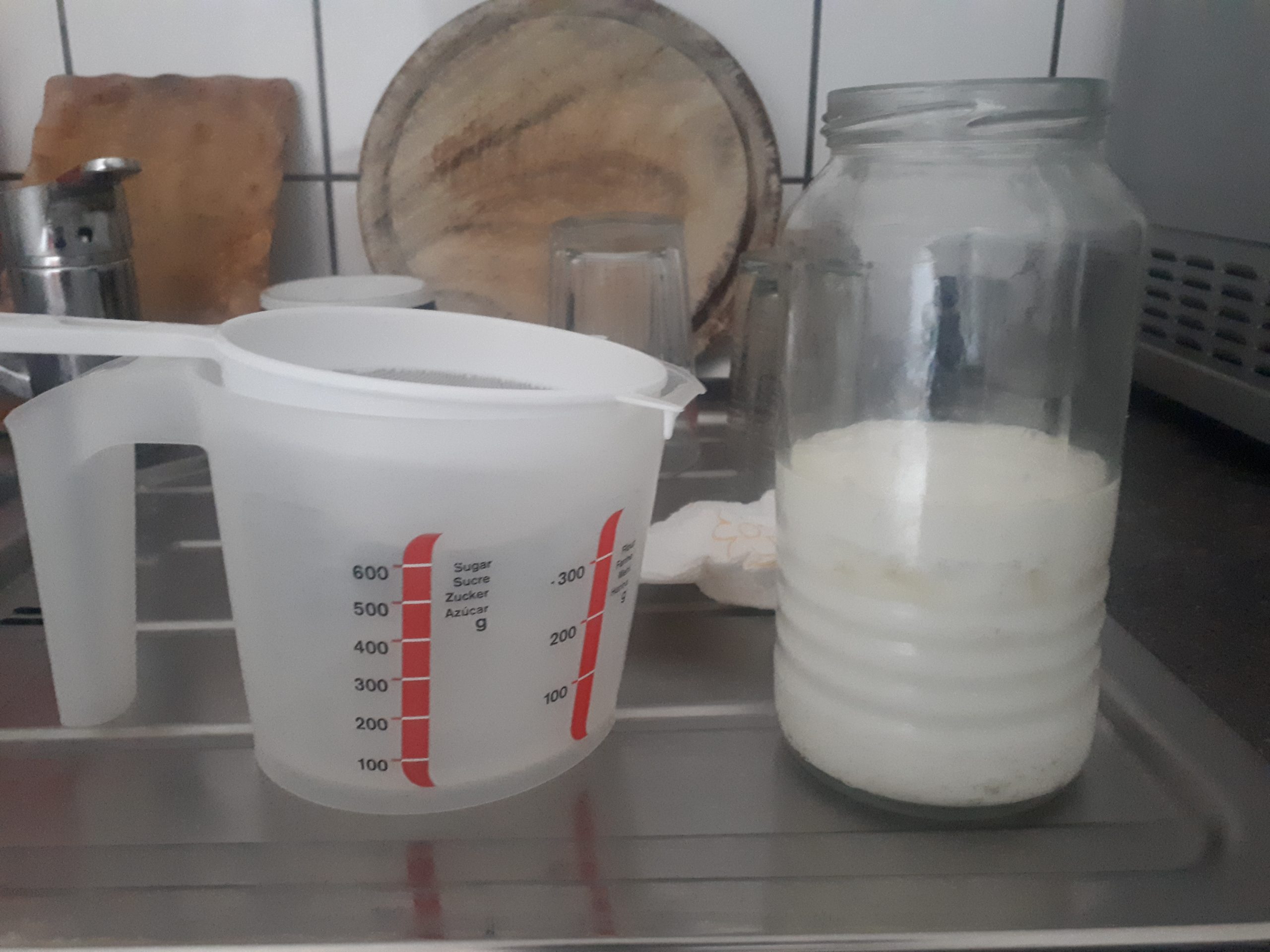Kefir has become one of the most popular fermented milk drinks. FODMAP has also emerged as a helpful diet especially for people with IBS. Perhaps, you have started a low FODMAP diet and wonder if kefir is compatible. So, is kefir low FODMAP?
Kefir is generally considered low FODMAP. The lactose content – which causes a high FODMAP rating in milk – is almost entirely eliminated in the fermentation process. Make sure to double ferment your kefir to reduce the lactose content even further.
In this article, I’ll take a detailed look at the FODMAP ratings for kefir. I’ll go over how kefir is actually made and what determines the FODMAP rating for foods. We’ll also see why kefir is much better than plain milk on a low FODMAP diet and how to make your kefir even lower in FODMAP!
What makes a food low FODMAP?
First, in order to understand whether kefir is low FODMAP or not we need to look at the factors in food that determine the FODMAP rating.
FODMAP means Fermentable Oligo-, Di-, Mono-saccharides And Polyols. These are essentially short-chained fermentable carbohydrates are are poorly absorbed in the small intestine and can cause bloating and and irritable gut.
The more fermentable carbohydrates a food contains the higher it is rated on the FODMAP diet. Here is a handy overview of what to eat and not to eat on a low-FODMAP diet:

Milk is generally included in the food not to eat on a low FODMAP diet. This is due to the high lactose content in milk. Lactose is a type of short-chained fermentable carbohydrates that are to be avoided.
Other dairy products such as yogurt or cream are generally also not recommended on a low FODMAP diet because of their sugar content. However, kefir is actually a bit different! Let’s see why kefir may actually be fine on a low-FODMAP diet.
What is kefir?
Kefir is a delicious fermented milk beverage with plenty of beneficial live bacteria. It’s similar in its consistency to buttermilk and has a slightly sour and fizzy taste. It is frequently used to balance the microbiome in your gut by adding back good bacteria (e.g. after taking antibiotics).
The process of making kefir is super simple: all that is needed is milk and kefir grains. The kefir grains – which are actually millions of microorganisms – digest the lactose in milk and turn it into lactic acid. The carbon dioxide and alcohol that is created in the process give kefir its distinct taste.
Why kefir is better than milk on a low FODMAP diet
As you can tell from my description of kefir above is that the main difference between milk and kefir is the lactose content. And precisely this is what differentiates milk and other dairy products from kefir in terms of their FODMAP rating.
The same is actually true for many hard cheeses which are considered ok to eat on low-FODMAP. In hard and mature cheeses lactose is basically non-existent.
In the process of making kefir lactose sugars that are present in the milk are digested by the live cultures in kefir grains and broken down. However, not 100% of the lactose is digested in every batch. This means in certain types of kefir some lactose can remain making it unsuitable for a low-FODMAP diet.
Store-bought vs. Homemade Kefir
If you want to make sure that your kefir contains the least amount of lactose possible and is low FODMAP you might want to stay away from supermarket kefir.
Generally, it is hard to tell with store-bought kefir how long and under which conditions the milk has actually been fermented. Most brands will aim to not make their kefir too sour to appeal to a broader customer base. But, this typically comes at cost of the fermentation time.
When making kefir at home you are in full control of how long you let those bacteria break down the lactose and what to do with it after the initial fermentation. Plus you’ll also avoid a bunch of preservatives and chemicals that can be found in store-bought kefir.
How to make kefir lower FODMAP
Making kefir lower in FODMAP is as simple as reducing its lactose content. As we have seen above the FODMAP rating of kefir is directly correlated with the amount of lactose it contains. So, the real questions is: how can we reduce the lactose content in our milk kefir even further?
There are two factors that have the biggest impact on the final lactose content of kefir: the time you let your kefir ferment and whether you do a second fermentation or not.
- Fermentation Time: Simply put, the longer the milk is fermented, the more time the kefir grains have to eat through all the lactose sugars in the milk. Thus, by extending fermentation time to anywhere between 24-48 hours you can significantly reduce the lactose content and make kefir lower FODMAP.
- Second Fermentation (Maturing): You can further reduce the lactose in kefir and achieve an even lower FODMAP score by maturing the batch after the initial fermentation is complete. This process is also called a second fermentation and consists of letting the strained kefir sit for another 3-5 days at room temperature. Due to the live cultures remaining in the strained liquid the kefir will continue to ferment and most of the remaining lactose will be broken down.

Try out the methods above and see if it help your digestibility of kefir on low FODMAP. I have personally always enjoyed the mature kefir because of its reduced lactose and increased sourness! 😉
Other ways to make kefir low FODMAP
Besides making use of the two methods outlined above there are also some other simple ways to make sure your kefir is low FODMAP. In most cases these will be even safer since they don’t contain any lactose to begin with:
- Goat’s Milk: Although goat’s milk actually almost contains as much lactose as cows milk most people with IBS and sensitive guts tend to better on goat’s milk kefir. Also the taste tends to be a bit milder and less sour.
- Coconut Milk: You can actually also use coconut milk to make kefir. The benefit here is that you don’t have any lactose, to begin with so it is perfectly safe to drink on a low-FODMAP diet.
- Water Kefir: Another alternative to milk kefir is water kefir. The process of making the kefir is essentially the same as with milk but you will need a different type of kefir grain. As with coconut kefir it is completely lactose-free and low FODMAP.
Conclusion
There are so many ways to enjoy kefir even on a low FODMAP diet. The first thing I’d try is simply to ferment your kefir longer and mature it for a few days at room temperature to reduce the lactose content even further.
You probably won’t get to 0% lactose this way but it will barely make a difference in the FODMAP rating (like hard cheese).
If you want to be absolutely certain that there is no lactose and that your kefir is low-FODMAP compatible try using coconut milk or water kefir. They are delicious in their own right and make an excellent alternative to milk kefir.

